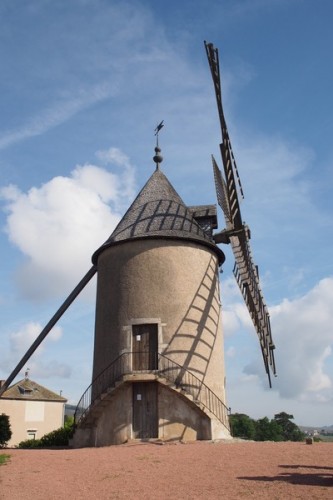
The famous windmill of Moulin-à-Vent sits at the heart of this 620 hectare Cru in Beaujolais, in the village of Romanèche Thorins. And just below it is the impressive Château du Moulin-à-Vent, which has been renovated extensively since it was acquired by Jean-Jacques Parinet in 2009. Parinet originally came from Beaujolais but then made his money in the IT business, and for the last three years he’s been assisted by Brice Laffond, who oversees both the winery and the 30 hectares of vines the domaine owns.

There are 130 parcels of vines here, and gradually they are being trellised, although it’s not possible to use cane pruning in the crus – the vines must be head trained. In the winery, the degree of destemming depends on the grapes and the vintage, but typically just 30% whole bunch is used.
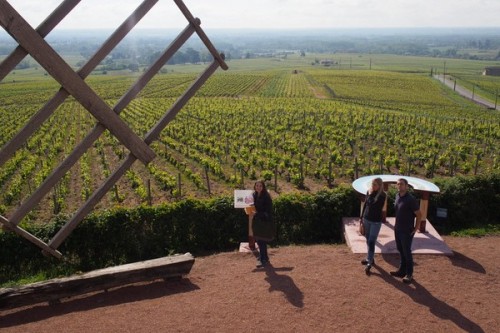
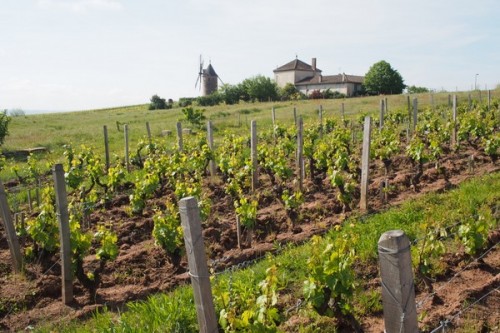
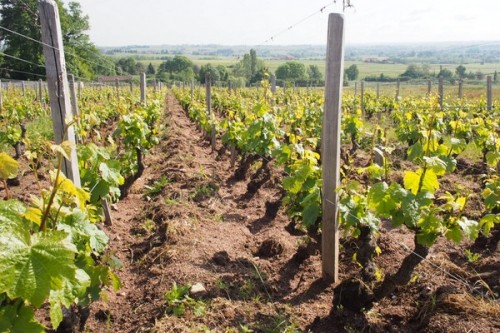
Parinet says that his first surprise was to find that there was a real identity in the wines corresponding to specific areas in the appellation, and overall he thinks it’s important for the region to focus on the specificities of the crus. His approach is one of aiming for high quality. These are ambitious wines, quite polished, but they’re also really good. I wasn’t expecting to like them as much as I did. The regular Château du Moulin-à-Vent 2014 is very fine with quite a bit of power to the expressive, mineral fruit. Croix de Vérillats 2014 is even better, with a haunting perfume of floral black cherry fruit and fine spicy notes. Champ de Cour 2014 and La Rochelle 2014 are also very fine.
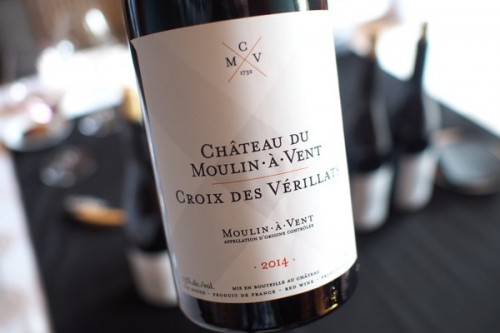
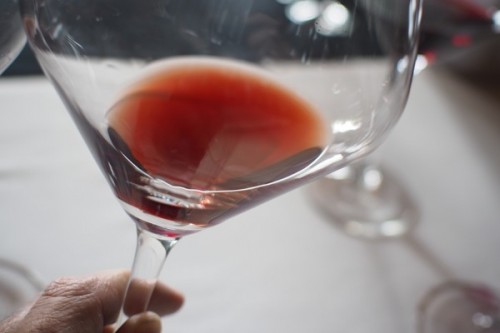
We also sampled two older wines. The first, a 1991, was beginning to show the first signs of decay, but also had some mature elegance, and the second, a 1976, was beautifully elegant and pure with brightness and focus – this had aged beautifully.
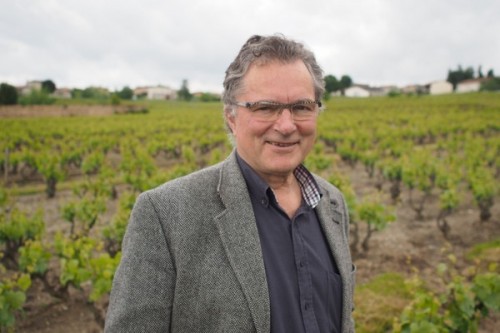
Dominique Piron is based in Villié Morgon, where he runs his family domain. His family have had vineyards in the region since 1590, and now he works with close to 90 hectares, one third of which is in the Morgon cru. ‘It is a difficult vineyard,’ he says, referring to the Beaujolais vineyard area, ‘with a high density of vines and a lot of slopes. How do we manage the soil?’ He would, like many, prefer to be organic, but the cost is very high. ‘Two neighbours were doing organics, but they stopped,’ he says. ‘Because they went bankrupt.’
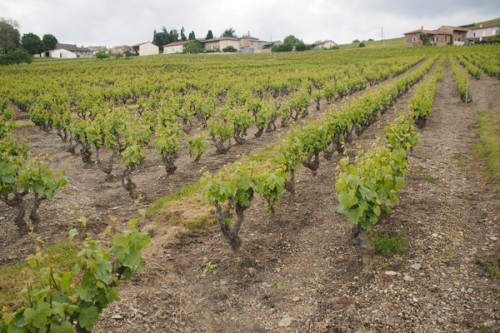
But he values the soil highly. ‘The richness of Beaujolais is the that Gamay, when it is well done, is a real photocopier of the soils. We only have one variety, but when it is done well we have very different wines.’
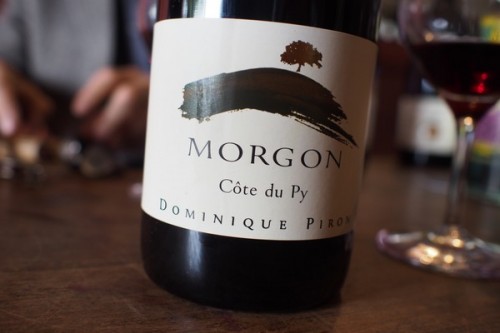
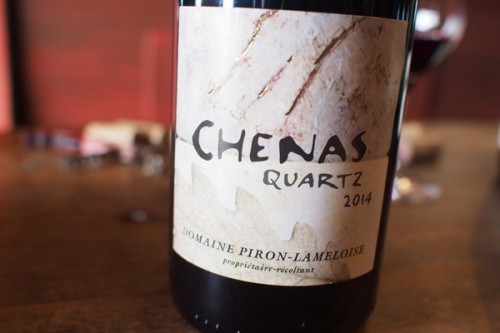

His wines are quite lovely. The 2015 Saint-Amour is complex and pretty, and the 2015 Morgon has power and density. The 2014s are consistently good, with the real stars being the Chenas Quartz and the Morgon Côte du Py. As a real treat, we also tried the 1990 Morgon, which is elegant and pure and has aged beautifully.
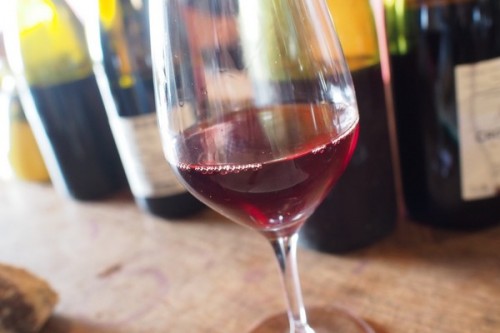
On Beaujolais: ‘It is a region in a transition point. It is an interesting moment. It is very difficult for a few people, for sure. For 30 years the winegrowers have been below Duboeuf, who was the buyer. Now they are free, and it is difficult to be free.’ He thinks that it’s an error for Beaujolais to be close to Burgundy. ‘I can sell my wines as Burgundy wines, but it is an image that misses Beaujolais.’

The final visit of the trip was one of the best. Thillardon. Paul-Henri Thillardon started this domaine in Chénas back in 2008, and has built it up piece by piece. They are based in Chessignol and have 4 hectares here, with very old vineyards behind the domaine (80-100 year old vines). This was the first of their vineyards he took to biodynamics, which he started with when he acquired it in 2012. In 2014 Paul-Henri was joined full time by his brother Charles, and now all their vines are farmed this way.
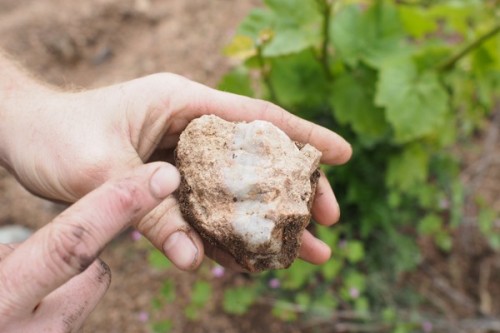
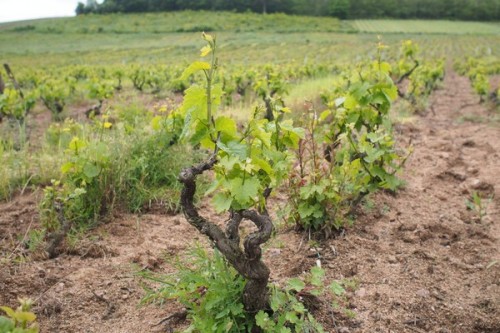
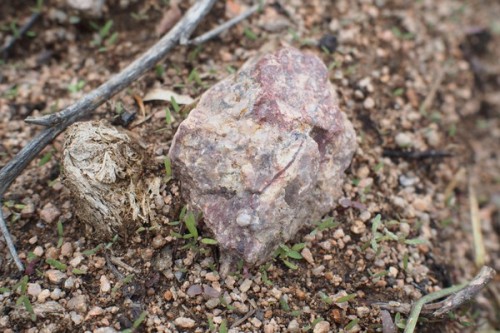
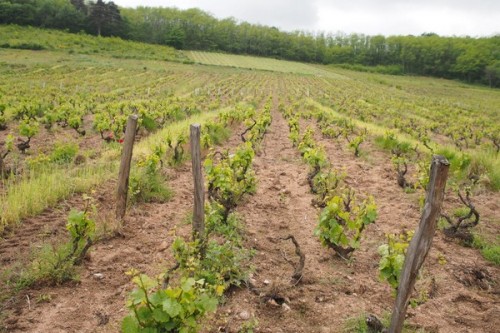
Their father is a winemaker in a cooperative in the south of Beaujolais. Winemaking here is quite different, though. They cool the grapes down in a reefer and then use whole bunches with no added sulphites. During the maceration, they look at the yeasts under the microscope to check they are good ones. There are no punch downs or pumping overs. Sometimes a little bit of SO2 is added. ‘We like natural wine,’ says Paul-Henri, ‘but we like clean natural wine.’ 20 mg/ml of SO2 is added before bottling.
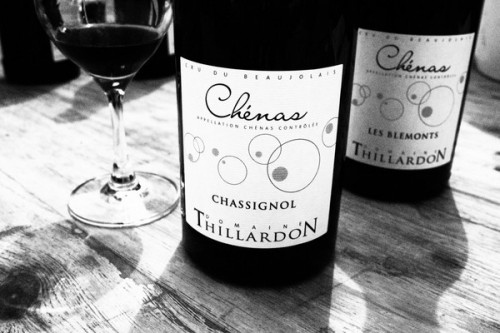
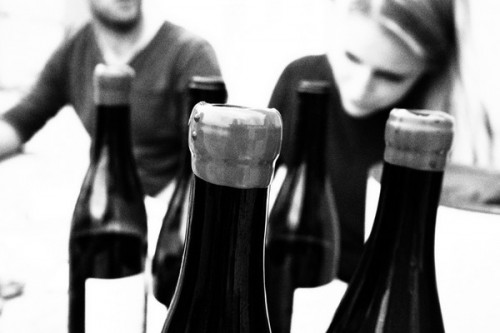
The wines are fabulous. My favourite was the remarkable Chénas Chassignol 2014, which is the block behind the property. But other bottlings of Chénas: Blémonts, Boccards and Les Carrières, are also very fine, supple and elegant.
Leave a Comment on In Beaujolais: Château du Moulin-à-Vent, Dominique Piron and Thillardon